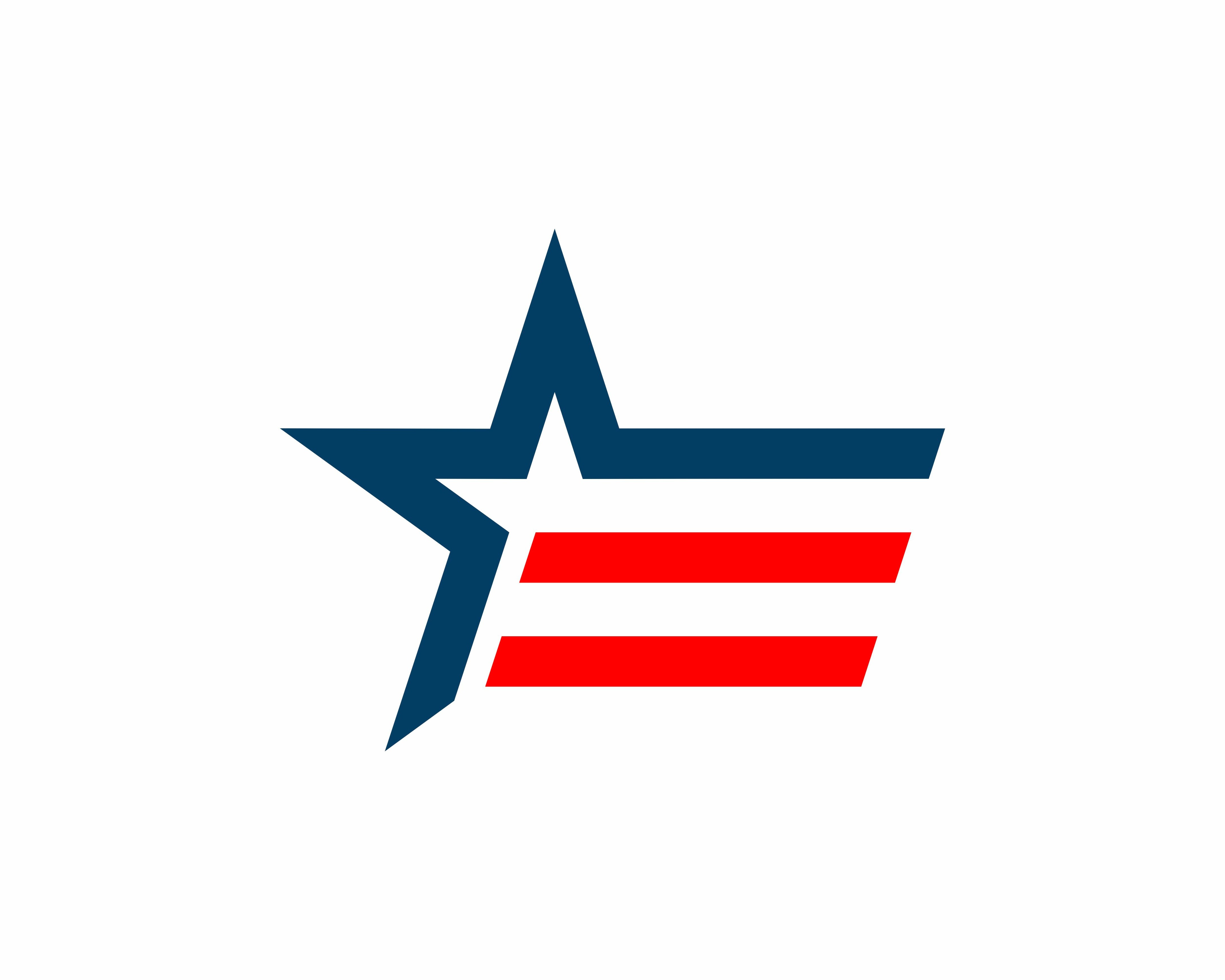
Tax Strategies for Small Business Success at Year-End
As the year draws to a close, small business owners have a prime opportunity to implement tax strategies that can significantly impact their financial health. Proactive year-end tax planning not only ensures compliance with the latest IRS regulations but also helps manage business expenses, tax liability, tax burden, and maximizes potential profit and savings. Here’s how you can make the most of the 2025 tax provisions to benefit your business.
Key Takeaways
- Leverage Increased Standard Mileage Rates: For 2025, the IRS has increased the standard mileage rate for business use to 70 cents per mile, up from 67 cents in 2024.
- Utilize Enhanced Energy Efficiency Credits: The Inflation Reduction Act offers tax credits up to $5 per square foot for energy efficiency improvements in commercial buildings.
- Plan for Adjusted Standard Deductions: The standard deduction for single taxpayers in 2025 rises to $15,000, an increase of $400 from 2024.
Maximizing Deductions and Credits
Standard Mileage Rate Increase
The IRS has announced an increase in the standard mileage rate for business use to 70 cents per mile for 2025, up from 67 cents in 2024. This adjustment allows small business owners to deduct more for vehicle expenses, making it advantageous to track business-related travel meticulously. Consider upgrading your mileage tracking methods to ensure accuracy and compliance. This small change can lead to significant savings, especially for businesses that rely heavily on transportation.
Energy Efficiency Improvements
Under the Inflation Reduction Act, small business owners can receive a tax credit of up to $5 per square foot for energy efficiency improvements to their commercial properties. Investing in energy-efficient lighting, HVAC systems, or insulation not only reduces utility costs but also provides substantial tax benefits. Evaluate your facilities for potential upgrades before year-end to take advantage of these credits. Imagine the dual benefit of lowering your monthly bills while also receiving a tax break—it’s a win-win situation.
Retirement Plan Contributions
Contributing to retirement plans is a strategic way to reduce taxable income. Plans such as Simplified Employee Pension Individual Retirement Accounts (SEP IRAs), Savings Incentive Match Plan for Employees (SIMPLE IRAs), or 401(k)s offer varying contribution limits and benefits. For instance, in 2025, the contribution limit for 401(k) plans is expected to adjust for inflation. Ensure contributions are made by the end of the fiscal year to qualify for deductions. This not only secures your future but also provides immediate tax relief.
Strategic Planning for 2025: Optimizing Tax Opportunities
Strategic planning at year-end is not just about filing taxes; it’s about looking ahead and positioning your business for growth and tax efficiency in the coming year by carefully managing business expenses. For 2025, several changes in tax brackets, deductions, and incentives offer small business owners an opportunity to maximize their savings and reinvest in their operations. Below, we break down key strategies to consider as part of your year-end tax planning.
Assess the Impact of Tax Bracket Adjustments
Inflation-related adjustments have modified the federal income tax brackets for 2025. Understanding where your taxable income falls is critical for optimizing tax strategies. For instance:
- If your income is close to the next tax bracket threshold, you can defer income to 2026 by postponing customer invoicing or prepaying expenses like rent or utilities.
- Alternatively, if you expect higher earnings next year, accelerating income into 2025 at a lower rate could be advantageous, as this strategy allows you to accelerate income and optimize your tax position.
By carefully managing income timing, you can effectively reduce your overall tax liability. This strategy requires foresight and planning but can lead to substantial savings.
Take Advantage of Bonus Depreciation Before Phasing Out
For 2025, the IRS continues the gradual phase-out of 100% bonus depreciation on qualified property. The rate will be 60%, down from 80% in 2024. If you’re considering purchasing significant equipment, vehicles, or software for your business, it may be wise to do so before year-end. This enables you to claim the maximum depreciation benefit for the current tax year.
Example: A small construction firm investing $100,000 in qualifying machinery by December 31, 2025, can claim $60,000 as an immediate deduction under bonus depreciation rules. This reduces taxable income and preserves cash flow.
Optimize Retirement Contributions
Small business owners can benefit significantly from maximizing contributions to retirement plans like SEP IRAs, SIMPLE IRAs, or Solo 401(k)s. In 2025, contribution limits have increased, reflecting inflation adjustments:
- SEP IRA: Up to 25% of compensation or $66,000, whichever is less.
- Solo 401(k): Employee contributions of up to $23,500 (or $31,000 for those aged 50+), plus employer contributions of up to 25% of compensation, for a total maximum of $66,000.
Contributions to these accounts reduce taxable income while helping you save for the future. Ensure you make these contributions before the deadlines—typically December 31 for employee deferrals and April 15, 2026, for employer contributions.
Evaluate Qualified Business Income (QBI) Deductions
The Qualified Business Income (QBI) deduction allows eligible pass-through entities, such as S corporations, partnerships, and sole proprietorships, to deduct up to 20% of their qualified business income. For 2025, thresholds for the deduction will adjust for inflation:
- Single Filers: $182,000
- Married Filing Jointly: $364,000
If your taxable income exceeds these thresholds, consider strategies to reduce income and tax liability, such as contributing to retirement accounts or increasing deductible expenses. This ensures you remain eligible for the full QBI deduction.
Utilize Tax-Loss Harvesting
If your business holds investments that have decreased in value, tax-loss harvesting can help offset gains. Selling underperforming investments before year-end allows you to use these losses to reduce taxable income. Keep in mind:
- Losses can offset gains dollar-for-dollar.
- If losses exceed gains, up to $3,000 can be deducted against other income, with the remainder carried forward.
By strategically managing your portfolio, you can reduce taxes while positioning for long-term growth.
Capitalize on Energy Efficiency Incentives
The Inflation Reduction Act continues to offer incentives for energy efficiency improvements in 2025. Small businesses can claim credits for energy-efficient building upgrades, such as installing solar panels, energy-efficient HVAC systems, or upgrading insulation.
- Deduction: Up to $5 per square foot for energy efficiency measures.
- Tax Credit: Up to 30% for renewable energy investments like solar power.
Investing in these upgrades can lower utility costs and provide immediate tax benefits, making them a win-win for your business.
Plan for State Tax Obligations
State tax requirements vary, and some states offer unique deductions or credits for small businesses. For example:
- States like California and New York have additional credits for hiring employees from underserved communities or investing in local development projects.
- Research your state’s specific programs to ensure you don’t miss out on these opportunities.
Review Payroll and Employee Benefits
Ensure all employee-related tax obligations are met before year-end. This includes:
- Federal Insurance Contributions Act (FICA) Taxes: Double-check withholding for Social Security and Medicare to ensure accuracy.
- Health Insurance Contributions: Review any contributions to group health insurance plans to ensure they align with IRS requirements for deductions.
- Year-End Bonuses: Consider timing bonuses for tax advantages. If bonuses are paid before year-end, they can reduce your taxable income for 2025.
Prepare for New Reporting Requirements
The IRS has introduced new requirements for 2025, including changes to 1099-K reporting thresholds for third-party payment platforms (e.g., PayPal, Venmo). The threshold remains at $600, so ensure all income through these platforms is accurately documented. Proper reporting avoids penalties and ensures compliance.
Frequently Asked Questions
What are the new standard mileage rates for 2025?
The IRS has increased the standard mileage rate for business use to 70 cents per mile for 2025, up from 67 cents in 2024.
How can I benefit from energy efficiency tax credits?
Small business owners can receive a tax credit of up to $5 per square foot for energy efficiency improvements to their commercial properties under the Inflation Reduction Act.
What is the standard deduction for single taxpayers in 2025?
The standard deduction for single taxpayers in 2025 is $15,000, an increase of $400 from 2024.
Charting a Course for Financial Success
Year-end tax planning is a critical component of financial management for small business owners. By staying informed about the latest IRS updates and implementing strategic actions, you can optimize your tax position for 2025. Remember, proactive planning and consultation with tax professionals can lead to significant savings and ensure compliance with evolving tax laws. As you navigate these strategies, envision the potential growth and stability they can bring to your business, empowering you to focus on what truly matters: achieving your entrepreneurial dreams.
Need More Time to Finish your 2024 Tax Return? File a Tax Extension & Delay Tax Day until October 2025.
Get an instant 6-month extension in just 5 minutes, with no IRS explanation needed. The fast, streamlined online process makes filing simple, so you can avoid penalties and get extra time to prepare.
Get Started
